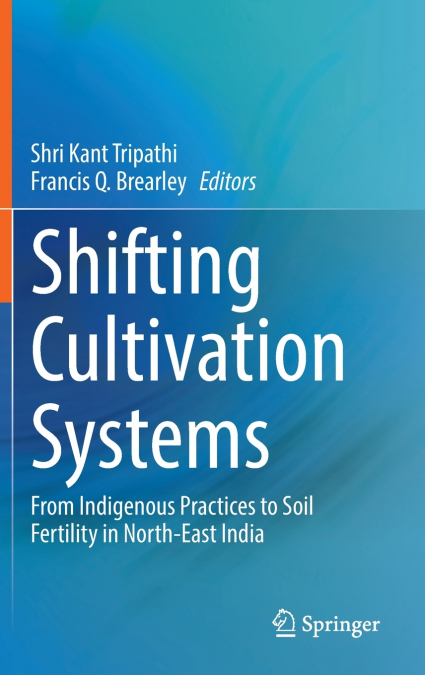
This book discusses indigenous practices and obstacles faced by farmers conducting shifting cultivation (jhum) in North-east India and suggests methods of soil fertility improvement through e.g. microbial-mediated rejuvenation of forest fallows as a sustainable approach for mitigating deteriorating jhum lands and enhancing their productivity. Shifting cultivation has experienced a decline in crop productivity due to high population density and shortened fallow length that has impacted upon farmers’ socio-economic status, and raised concerns regarding food security and environmental conservation. As shifting cultivation is conducted in moist tropical forests globally supporting millions of people, there is the potential to benefit many populations. This book is suitable for researchers, policy makers, development agencies, NGOs and farmers to formulate strategies that conserve the biodiversity, environment, soil health and traditions of tribal farming communities.